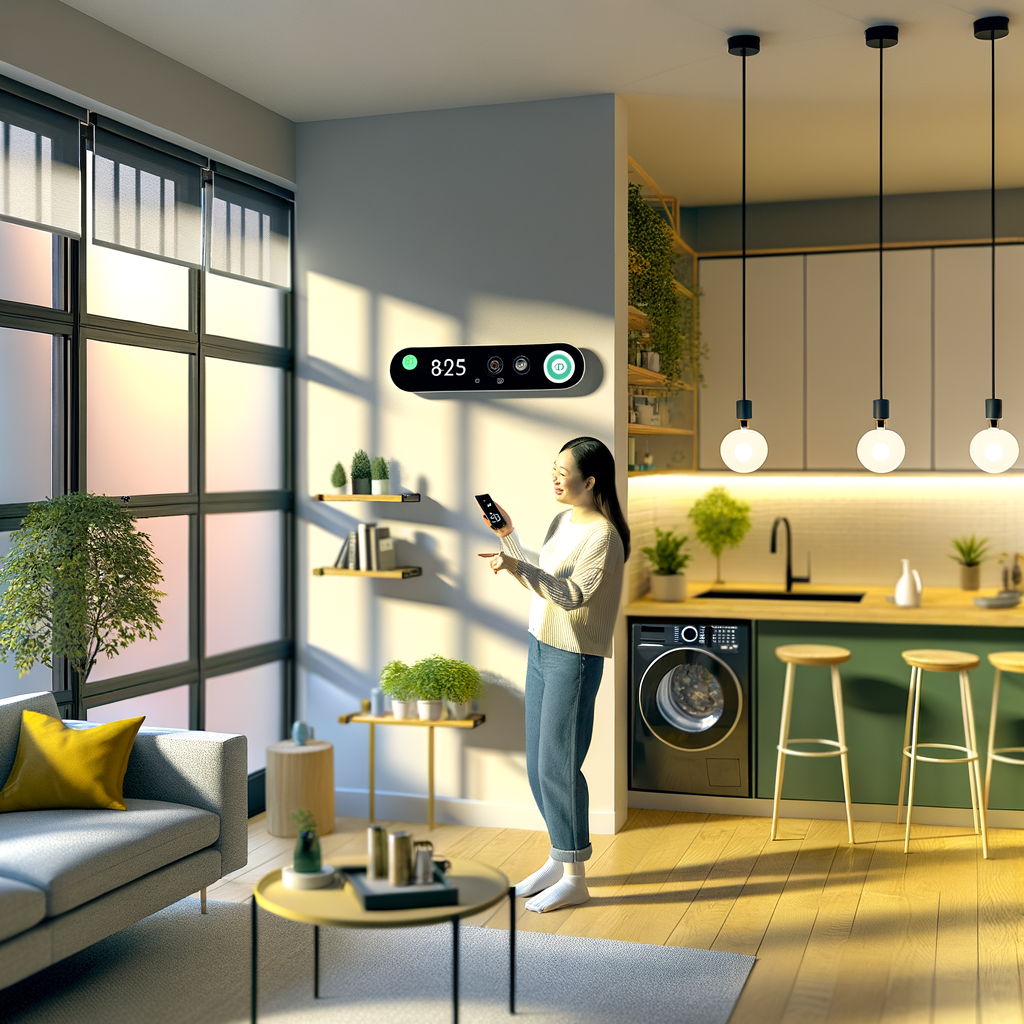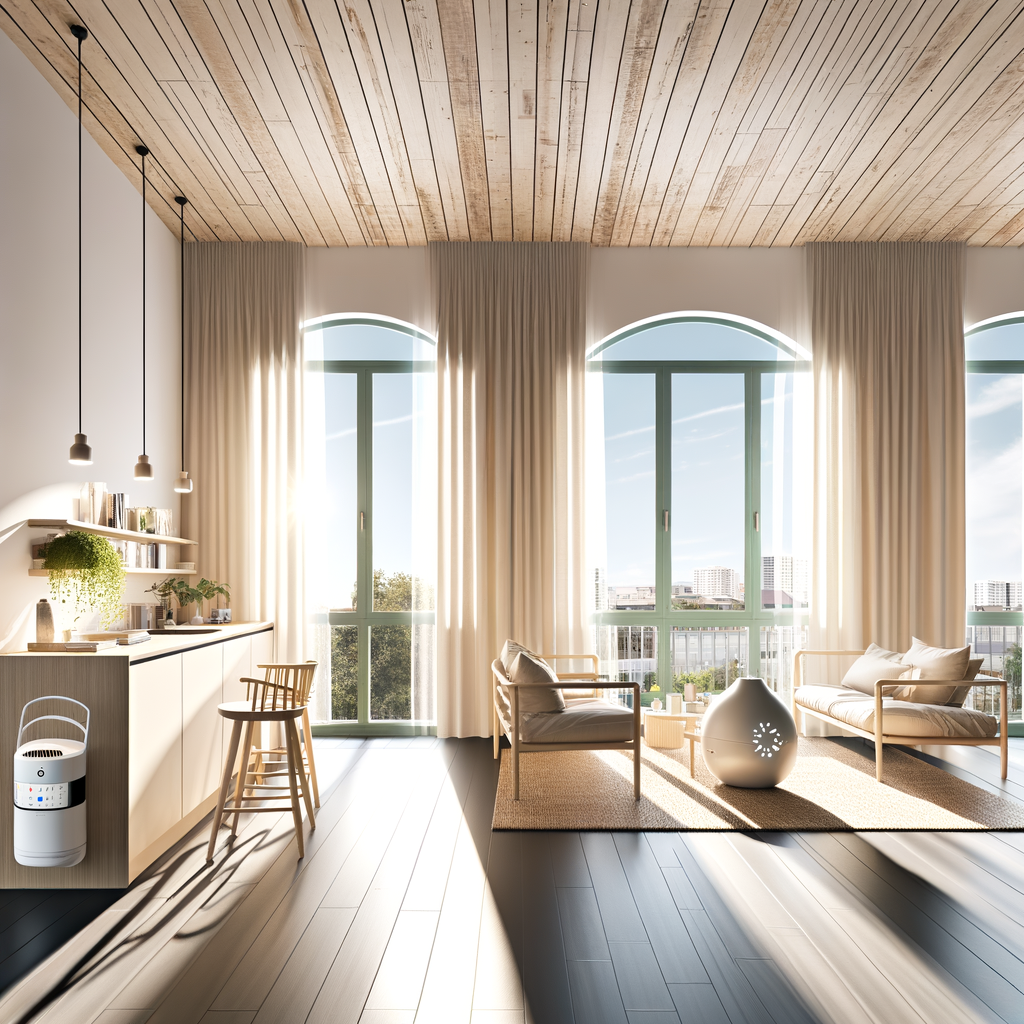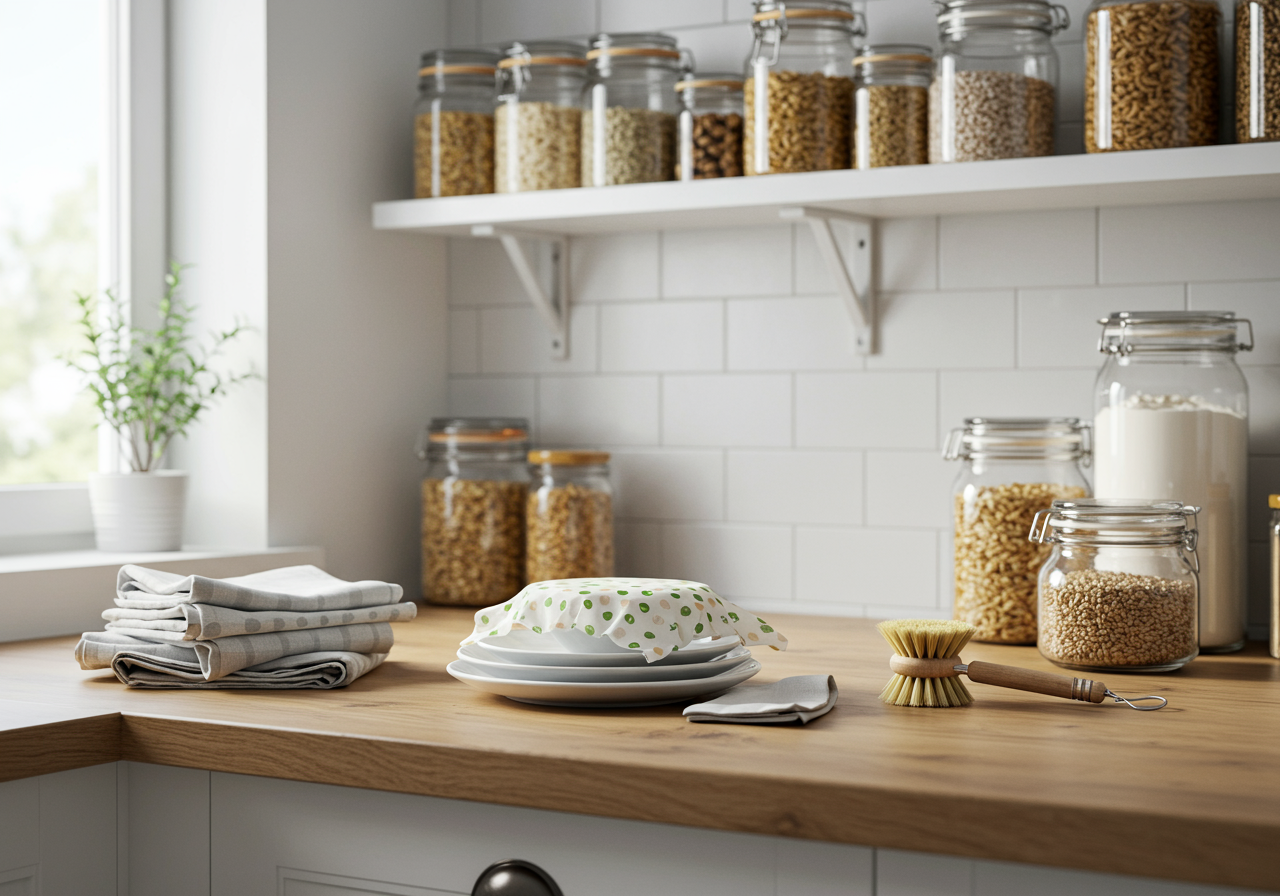Myth-Busting Smart Homes: 7 Common Misconceptions Renters Have About Eco-Friendly Tech
Smart home technology is no longer limited to tech enthusiasts or owners of luxury houses. In recent years, eco-friendly tech has become more accessible, affordable, and particularly relevant for renters looking to reduce their environmental impact. However, despite the proliferation of smart devices, plenty of myths still prevent renters from taking the plunge into sustainable living through tech.
In this guide, we’ll bust the most common misconceptions holding back renters—and provide actionable tips for embracing an eco-friendly, smart home (even on a lease!).
1. Myth: “Smart Home Devices Require Permanent Installation”
Truth: Many smart home devices are designed with renters in mind. Permanent installation isn’t required for most popular, eco-friendly products.
- Plug-and-play devices: Think smart plugs, Wi-Fi connected power strips, and portable LED smart bulbs. These simply plug into existing outlets or screw into your current light fixtures.
- Peephole cameras and non-invasive sensors: Modern smart security solutions can be installed using adhesive strips or over-the-door mounts, leaving zero damage behind when you move out.
- Wi-Fi thermostats with adapters: Some smart thermostats (like the Google Nest) offer trim kits or adapters that make them safe to install and easy to remove without leaving holes or modifying wiring.
Tips for Renters
- Before purchasing, check for devices labeled as “no-drill” or “tool-free.”
- Keep the original packaging and instructions for easy reinstallation at your next place.
- Discuss planned upgrades with your landlord; many will appreciate eco-friendly improvements as long as they’re reversible!
2. Myth: “Smart Tech Uses More Energy, Not Less”
Truth: When used wisely, smart technology actually helps reduce overall energy consumption.
- Smart lighting: Automated schedules or occupancy sensors mean lights only stay on when needed. Many smart bulbs use energy-efficient LEDs, using up to 80% less energy than traditional incandescent bulbs.
- Smart plugs: These can detect idle electronics and shut them off, slashing “vampire power” draw from chargers, coffee makers, or TVs.
- Smart thermostats: By learning your schedule, these devices make heating and cooling vastly more efficient, saving renters up to 10-12% on utility bills, according to the EPA.
Tips for Renters
- Start with one or two devices (like a smart plug for your entertainment center or a smart bulb in the living room) to compare your energy bills before and after.
- Use the app-based usage reports many smart devices offer to spot wasteful habits and adjust accordingly.
3. Myth: “You Have to Spend a Fortune to Go Smart and Eco-Friendly”
Truth: The entry price for smart eco-friendly home tech has plummeted, and many upgrades pay for themselves in savings within a year.
- Budget-friendly devices: Smart plugs, bulbs, and programmable power strips are often under $30 each.
- DIY installation: Most renters won’t need to hire an electrician or installer thanks to intuitive design and great mobile app walkthroughs.
- Long-term savings: Small investments add up to lower utility bills and a smaller carbon footprint over time.
Tips for Renters
- Set a monthly eco-tech budget and add devices gradually.
- Watch for sales—big discounts often occur around Black Friday, Prime Day, and Earth Day.
- Check with your utility company—many offer rebates for smart thermostats or LED bulbs, especially for renters.
4. Myth: “Eco-Friendly Smart Homes Are Only for Tech Experts”
Truth: The latest wave of smart home devices are built for simplicity and user-friendliness. If you know how to install an app, you can set up most smart gear in under 10 minutes.
- Intuitive apps: User interfaces are designed for everyone, not just the tech-fluent!
- Hands-free voice controls: Devices like Alexa and Google Home work seamlessly with most eco-friendly gear—no complex setup required.
- Plug-and-play compatibility: Many brands work well together with cross-compatibility through platforms like Apple HomeKit, SmartThings, or IFTTT.
Tips for Renters
- Choose a well-reviewed starter kit to learn the basics (and avoid feature-overload).
- Look for products with clear manufacturer support and easy-to-follow online guides or YouTube videos.
5. Myth: “Landlords Won’t Allow Smart Tech or Upgrades”
Truth: Most renters have the legal right to use temporary, removable devices that don’t modify a property. Plus, many landlords are open to improvements—especially if you share your eco-friendly motivations.
- Non-permanent installations: Adhesive strips, over-the-door sensors, and plug-in devices don’t damage property and are usually allowed.
- Added value: Energy-saving upgrades can appeal to landlords as selling points for future renters. Some may even subsidize the purchase of thermostats or smart lighting.
Tips for Renters
- Before making changes, read your lease for modifications policies, then check with your property manager for written approval if needed.
- Present your case by highlighting benefits: better energy efficiency, no permanent changes, and improved security.
- Offer to restore originals or leave upgrades behind (with landlord’s approval) when you move.
6. Myth: “Smart Homes Aren’t Secure or Private”
Truth: Privacy matters, but the biggest risks are easily controlled with good digital hygiene and reputable brands.
- Major brands vs. knockoffs: Stick with trusted names for solid privacy controls and security updates.
- Secure your network: Secure your Wi-Fi with a strong password and enable two-factor authentication on connected accounts.
- Control device access: Turn off features you don’t need (like voice recording), and routinely check app permissions.
Tips for Renters
- Read the privacy policy and security features before purchasing any smart device.
- Regularly update device firmware to protect against vulnerabilities.
- Use guest networks for your smart gear to keep personal data separate.
7. Myth: “Smart Tech Can Only Do One Thing”
Truth: Today’s smart home products work together to multiply their eco-friendly impact—and make everyday life easier for renters.
- Automation and routines: Set up “scenes” that turn off everything when you leave or dim all your lights at sunset.
- Voice assistant integration: Use Alexa, Google, or Siri to monitor energy usage, check the thermostat, or even remind you when it’s time to recycle.
- Energy and water savings: Combine leak sensors and smart humidifiers to protect your home and conserve resources.
Tips for Renters
- Explore your device’s app to find built-in routines and automation.
- Experiment with “if this, then that” scenarios for lighting, entertainment, or climate control.
- Join smart home communities online for automation tips specific to apartment and condo living.
Actionable Advice: Easy Steps to Start Your Eco-Friendly Smart Renter Journey
- Pick your priority: Decide whether you want to reduce energy, water, waste, or improve security and comfort first.
- Start small: Try a single device such as a smart plug or bulb to test setup and savings.
- Use apps and voice controls: Set up simple schedules, automate basic tasks, and monitor usage easily from your phone.
- Keep devices modular: Choose products that travel easily with you when you move.
- Share your experience: Talk with your landlord and fellow renters about what works—they might join in the




